Introduction
Hiroshima stands today as a powerful symbol of human resilience, peace advocacy, and the capacity to rebuild from tragedy. Located in the Chugoku region of Japan’s Honshu Island, this once war-torn city has transformed itself into a center of hope and renewal. While Hiroshima’s name is forever etched in history due to the atomic bombing of 1945, it now carries a new identity—one of peace, progress, and remembrance.
This article explores Hiroshima’s transformation, from its early history and tragic destruction to its incredible rebirth. We’ll dive into its historical significance, cultural landmarks, modern attractions, and its enduring message to the world: never again.
Historical Background
Hiroshima’s origins can be traced back to the late 16th century when it was founded by the feudal lord Mori Terumoto. Situated in a fertile river delta, the area was ideal for developing a castle town. Over time, Hiroshima flourished due to its strategic coastal location, which facilitated trade, agriculture, and military development during the Edo Period.
By the early 20th century, Hiroshima had emerged as a vital industrial hub. It housed military facilities, shipyards, and transportation networks that supported Japan’s wartime activities. These factors, while fueling growth, also made Hiroshima a strategic target during World War II—a fact that would ultimately change its fate forever.
The Atomic Bombing: August 6, 1945
At precisely 8:15 AM on August 6, 1945, the United States dropped an atomic bomb, known as “Little Boy,” on Hiroshima. The bomb detonated approximately 600 meters above the city center, unleashing an explosion equivalent to 15 kilotons of TNT. The destruction was both swift and catastrophic.
Immediate Effects:
-
Casualties:
-
An estimated 70,000 people died instantly. By the end of 1945, the death toll had surpassed 140,000 due to radiation exposure, burns, and injuries.
-
Infrastructure:
-
Nearly 70% of the city’s buildings were destroyed.
-
Radiation:
-
Survivors—known as hibakusha—suffered from long-term health issues such as leukemia, cancer, and psychological trauma.
The bombing not only decimated the city but also introduced the world to the terrifying potential of nuclear weapons. Hiroshima became the first city in history to experience atomic warfare.
Rebuilding Hiroshima: The Road to Recovery
In the face of unimaginable loss, Hiroshima chose not to give in to despair. Reconstruction efforts began soon after the bombing, starting with temporary shelters and basic infrastructure. Despite limited resources and initial global isolation, the people of Hiroshima demonstrated extraordinary determination.
A turning point came in 1949, when the Japanese government passed the Hiroshima Peace Memorial City Construction Law. This legislation provided national funding and designated Hiroshima as a city dedicated to peace. It marked the beginning of Hiroshima’s transformation—not merely as a city that had suffered, but as one committed to peace and reconciliation.
International aid also played a significant role in Hiroshima’s recovery. Religious organizations, peace activists, and NGOs contributed money, materials, and support. Gradually, Hiroshima’s skyline began to rise again, this time incorporating both modern buildings and symbolic monuments dedicated to peace.
Hiroshima Today: A Vibrant, Modern City
Today, Hiroshima is a thriving metropolis that has redefined itself while preserving its past. With a population exceeding one million, it serves as the regional capital of western Honshu and is known for its economic vitality, innovation, and rich cultural heritage.
Modern Hiroshima is home to major corporations like Mazda, which has its headquarters and manufacturing plants in the city. The urban landscape features state-of-the-art infrastructure, efficient public transport, and flourishing educational institutions.
Despite its modernity, Hiroshima remains deeply rooted in its message of peace. Memorial parks and museums coexist with bustling shopping streets, culinary hubs, and vibrant neighborhoods. This dual identity makes Hiroshima both a living city and a place of remembrance.
Major Attractions
Hiroshima Peace Memorial Park
Located at the epicenter of the atomic bombing, this serene park covers over 120,000 square meters and is filled with memorials and sculptures dedicated to the victims. It serves as a solemn space for reflection and education.
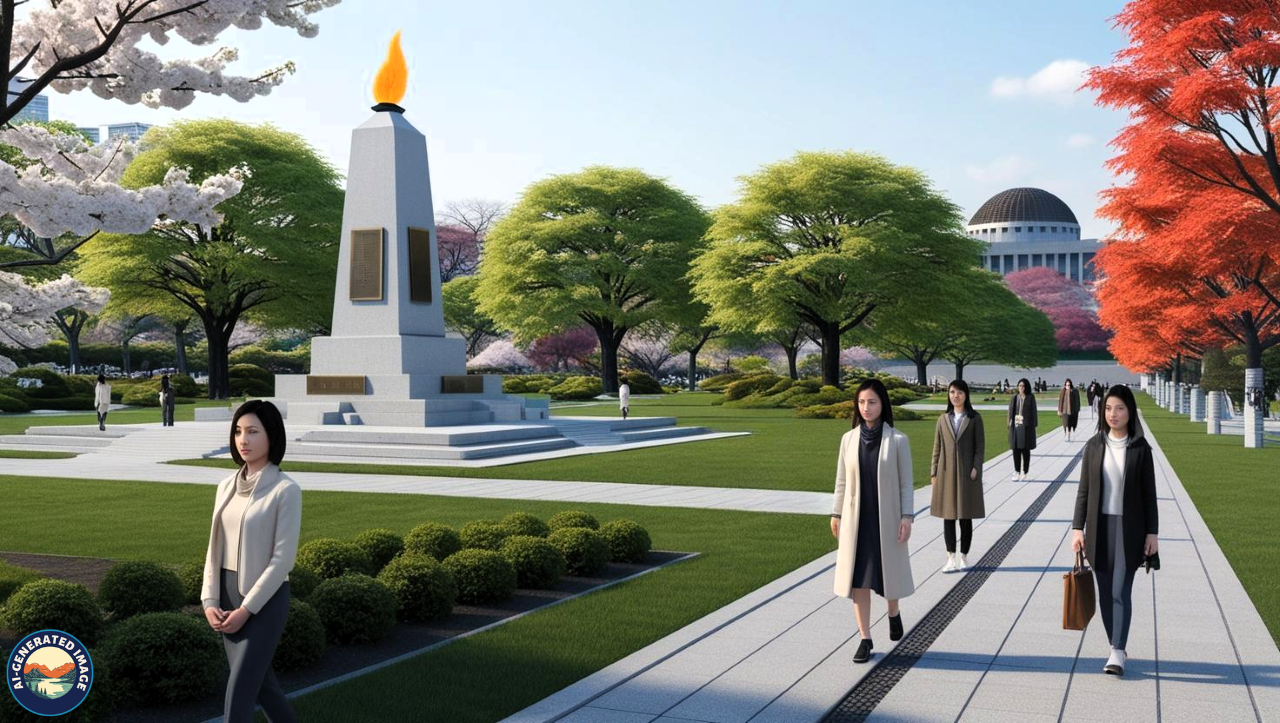
Hiroshima Peace Memorial Museum
The museum offers a compelling, emotional experience through exhibits of personal belongings, photographs, and survivor testimonies. It provides an unflinching look at the aftermath of nuclear war and urges global peace.
Atomic Bomb Dome (Genbaku Dome)
The preserved remains of the Hiroshima Prefectural Industrial Promotion Hall, now known as the Atomic Bomb Dome, have become a UNESCO World Heritage Site. The skeletal structure is a haunting reminder of the destruction, preserved to honor those who perished.
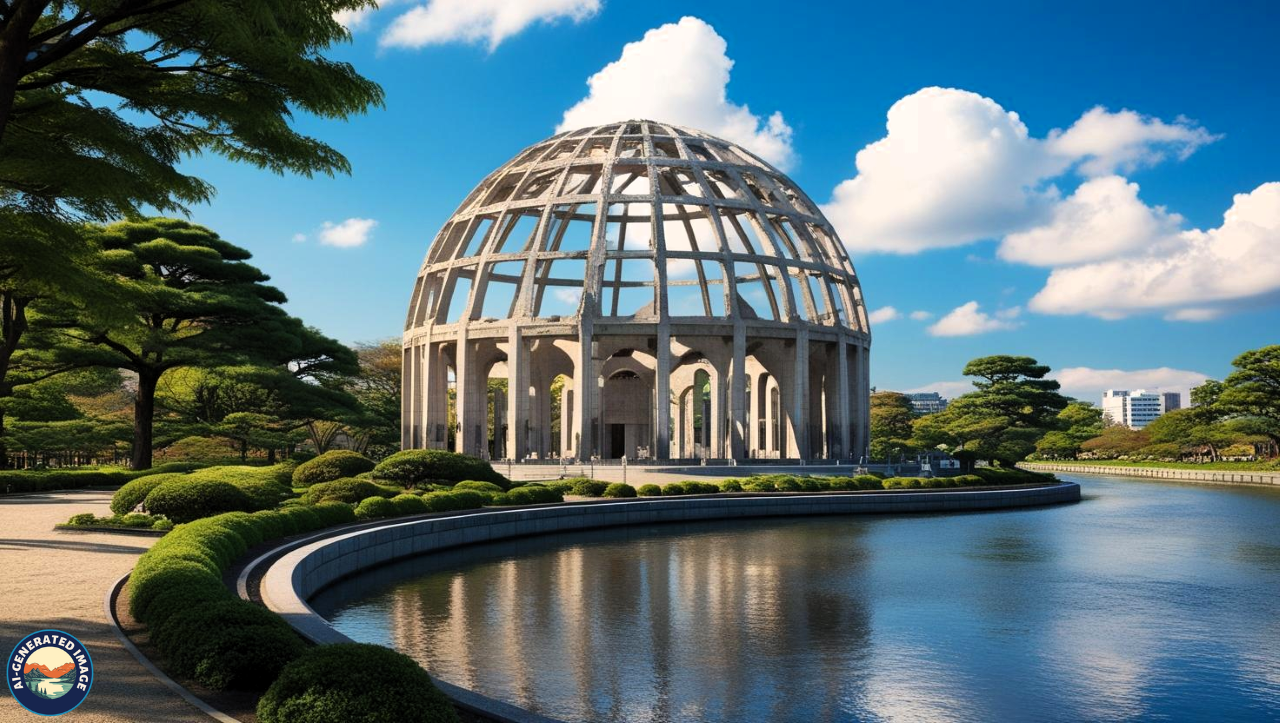
Hiroshima Castle
Originally constructed in the 1590s and rebuilt in 1958, Hiroshima Castle is surrounded by a moat and scenic grounds. The interior houses a museum on the region’s feudal past, offering panoramic views from the top floor.
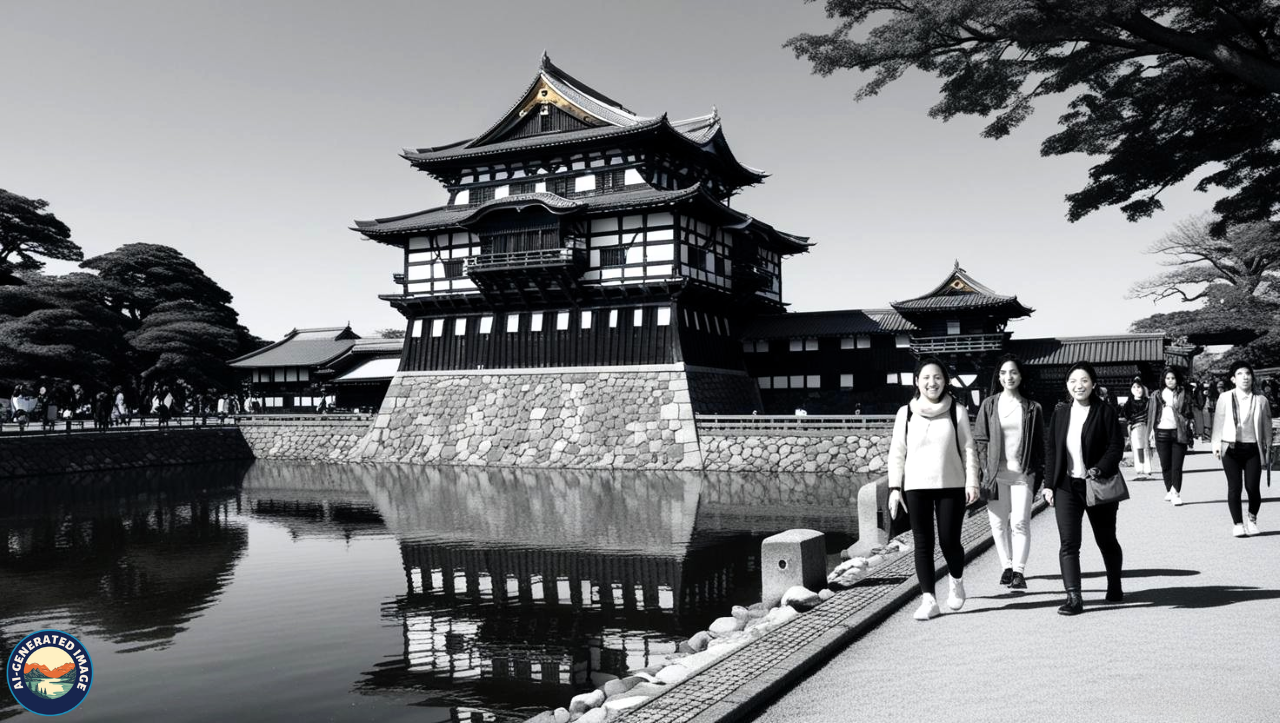
Shukkeien Garden
A beautiful traditional Japanese garden dating back to the 17th century, Shukkeien features tea houses, ponds, and miniature landscapes. It’s a tranquil escape from the city’s modern pace.
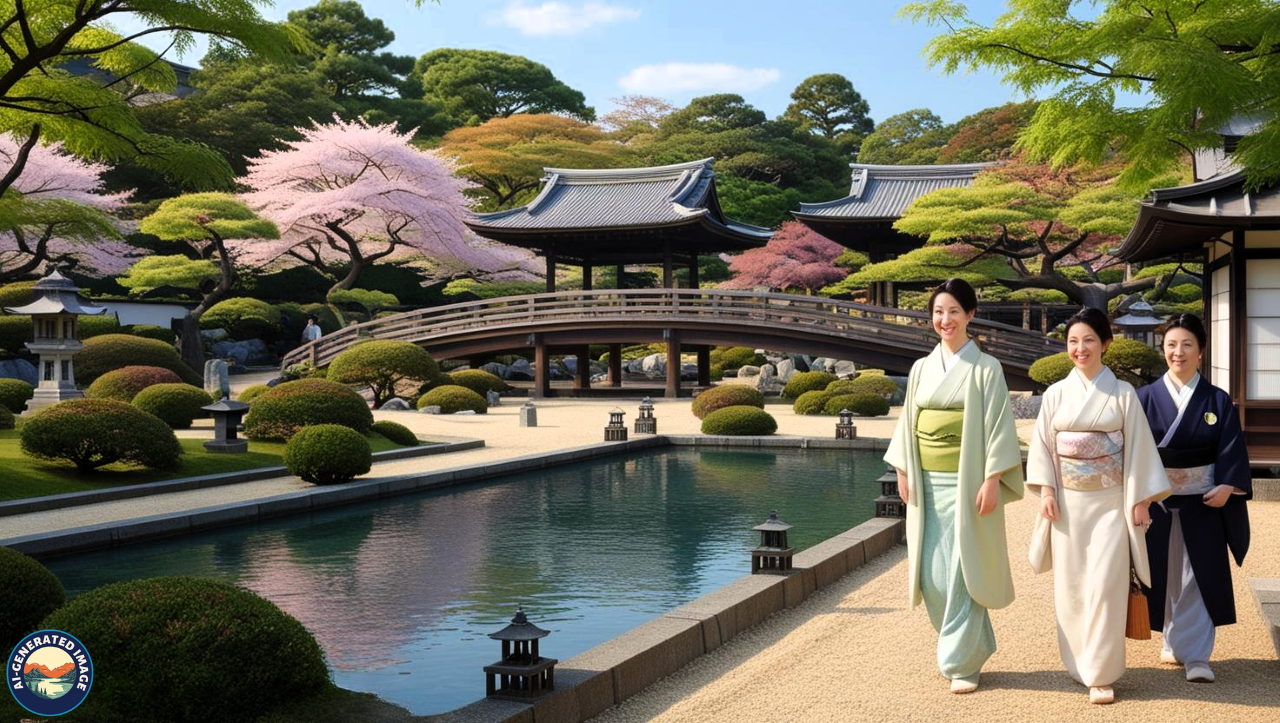
Hondori Shopping Arcade
This bustling pedestrian street is packed with shops, restaurants, and entertainment venues. It’s a popular spot for both locals and tourists, offering a blend of traditional souvenirs and trendy fashion.
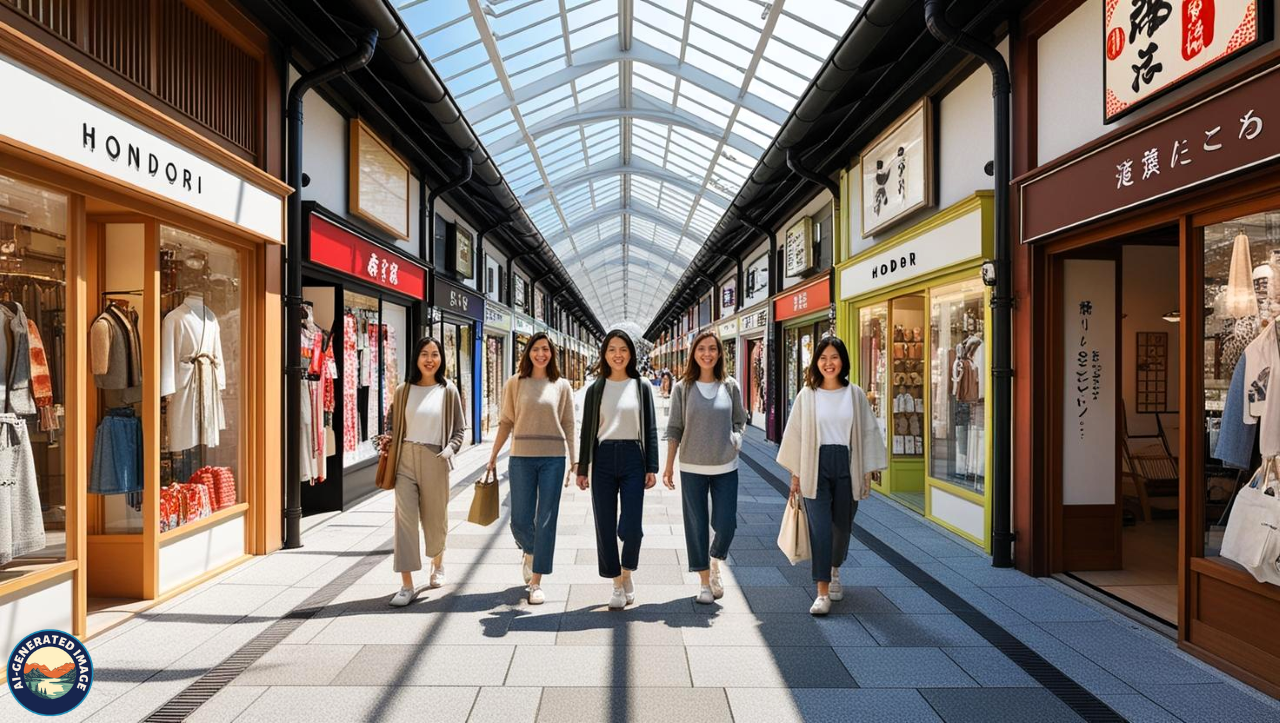
Day Trips from Hiroshima
Miyajima Island
Located a short ferry ride from Hiroshima, Miyajima Island is known for the iconic Itsukushima Shrine and its “floating” torii gate. The island offers hiking trails, deer encounters, and breathtaking views from Mount Misen.
Iwakuni
About 45 minutes from Hiroshima, Iwakuni is famed for the Kintai-kyo Bridge, a series of wooden arches spanning the Nishiki River. Visitors can also explore Iwakuni Castle, accessible via cable car.
Onomichi and Sandankyo Gorge
Onomichi is a charming town famous for its temples, old streets, and cycling paths. Sandankyo Gorge is a pristine natural wonder with waterfalls, narrow canyons, and boat rides—perfect for nature lovers.
Local Culture and Cuisine
Hiroshima-style Okonomiyaki
Unlike the Kansai version, Hiroshima’s okonomiyaki is made in layers. It includes batter, cabbage, noodles (usually soba), pork, egg, and a special sauce. Okonomimura, a multi-story building with several okonomiyaki stalls, is a top spot to try this local dish.
Seafood Delicacies
Hiroshima is known for its oysters, harvested from the Seto Inland Sea. You can enjoy them grilled, raw, or in hot pots. Other regional specialties include anago (saltwater eel), sashimi, and Hiroshima-style tsukemen noodles.
Festivals and Traditions
-
Hiroshima Flower Festival (May):
-
A vibrant event featuring parades, music, and floral displays.
-
Peace Memorial Ceremony (August 6):
-
Held annually to honor bombing victims and promote peace.
Local Dialect and Arts
The Hiroshima-ben dialect adds a local flavor to the Japanese language. The region also has rich traditions in calligraphy, lacquerware, and sake brewing.
How to Get to and Around Hiroshima
Getting There
-
By Shinkansen (Bullet Train):
-
Hiroshima is on the Sanyo Shinkansen Line, with direct trains from Tokyo (4 hours) and Osaka (90 minutes).
-
By Air:
-
Hiroshima Airport serves domestic routes and a few international destinations.
-
By Ferry:
-
Regular ferry services connect Hiroshima to Miyajima and other islands.
Getting Around
-
Streetcars (Trams):
-
Hiroshima boasts Japan’s oldest operating tram system, which is affordable and easy to use.
-
Buses and Taxis:
-
Readily available for reaching less accessible areas.
-
Bicycle Rentals:
-
Popular near major attractions and stations; ideal for exploring the city at your own pace.
Where to Stay
Budget Accommodation
Capsule hotels and hostels near Hiroshima Station and Peace Park offer affordable stays for budget-conscious travelers. Guesthouses often provide warm, local hospitality.
Mid-Range Hotels
Hotels such as Dormy Inn and Daiwa Roynet offer comfortable rooms with modern amenities in central locations.
Luxury Stays
The Sheraton Grand Hiroshima Hotel and RIHGA Royal Hotel Hiroshima offer upscale accommodations with excellent dining, spas, and city views.
Traditional Inns (Ryokan)
For an authentic Japanese experience, stay in a ryokan on Miyajima Island, complete with tatami flooring, futon bedding, and multi-course kaiseki meals.
Hiroshima’s Message of Peace to the World
Hiroshima’s legacy extends beyond its borders. The city is a global advocate for nuclear disarmament and peace. The Mayors for Peace initiative, launched by Hiroshima’s mayor, includes hundreds of cities worldwide committed to abolishing nuclear weapons.
Each year, the city hosts peace conferences, educational programs, and cultural exchanges. The Peace Memorial Park is not just a local attraction—it’s a global classroom. Hiroshima’s message reaches people of all ages and backgrounds through literature, film, and survivor stories.
The story of Sadako Sasaki, a young girl who folded paper cranes in hopes of healing from radiation-induced leukemia, has become a universal symbol of peace and hope.
Conclusion
Hiroshima’s journey from utter devastation to becoming a beacon of peace is a powerful reminder of humanity’s resilience. While the city will forever bear the scars of its past, it has chosen to rise above them, transforming into a modern metropolis and a global advocate for peace.
A visit to Hiroshima is not just a historical lesson; it’s an emotional and spiritual experience. The city reminds us of the horrors of war and the importance of unity, healing, and forgiveness. Whether you’re a history enthusiast, a cultural explorer, or a peace advocate, Hiroshima offers an unforgettable journey that touches both the mind and heart.
FAQs
Why is Hiroshima significant in world history?
Hiroshima was the first city targeted with an atomic bomb during the war, marking the start of the nuclear age and sparking global movements for peace and disarmament.
Is Hiroshima safe for tourists?
Yes, Hiroshima is one of the safest cities in Japan, offering a welcoming environment and efficient public services.
How many days should I spend in Hiroshima?
Two to three days are ideal for exploring Hiroshima’s main attractions, with optional day trips to nearby sites like Miyajima or Iwakuni.
When is the best time to visit?
Spring (March–May) and autumn (September–November) are ideal due to mild weather and scenic beauty.
Can visitors see the exact location of the atomic bomb’s detonation?
Yes, the hypocenter is marked within Peace Memorial Park, near the Atomic Bomb Dome.
What is Hiroshima’s message to the world?
Hiroshima stands as a living reminder of the horrors of nuclear war and actively promotes peace, education, and global cooperation to prevent such tragedies from recurring.

